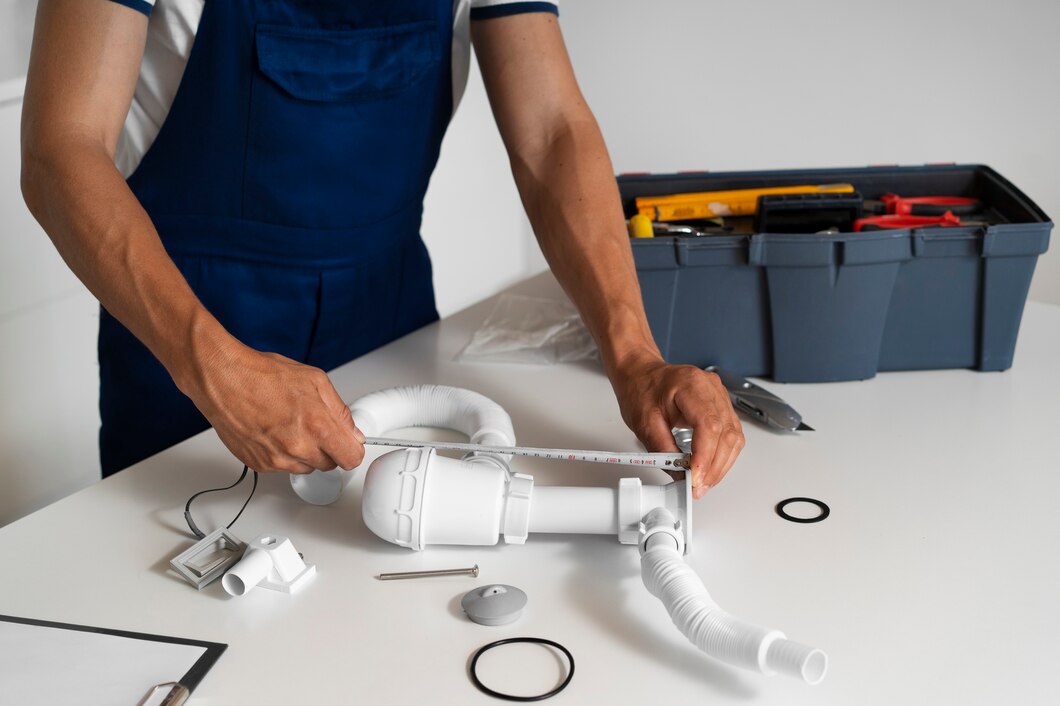March 4, 2024
0 Comments
PIPE REPAIR & PIPE REPLACEMENT SERVICES IN ST PETE
Pipes are the lifelines of plumbing systems, responsible for conveying water, gas, and waste throughout residential and commercial properties in St Petersburg, FL. Over time, pipes may develop leaks, cracks, corrosion, or other issues that compromise their integrity and functionality. As a trusted provider of plumbing services in St Pete area,
Saint Pete Plumbing recognizes the importance of efficient and reliable
pipe repair and replacement services in St Petersburg, FL. In this comprehensive guide, we will delve into the intricacies of pipe repair and replacement, covering common types of pipe problems, detection methods, repair techniques, and replacement options to help homeowners and property managers maintain robust and resilient plumbing systems.
Understanding Common Pipe Problems:
Pipes can experience a wide range of issues due to factors such as age, material degradation, environmental conditions, and improper installation.
Types of Pipe Problems:
- Leaks: Pipe leaks can occur due to corrosion, damage, or deteriorated seals, resulting in water damage, mold growth, and increased utility bills.
- Corrosion: Corrosion is a natural process that can weaken metal pipes over time, leading to pinhole leaks, rust stains, and reduced water quality.
- Cracks: Cracks in pipes may develop due to age, freezing temperatures, shifting soil, or physical damage, causing water or gas leaks and potential structural damage.
- Blockages: Pipe blockages can occur due to the accumulation of debris, sediment, grease, or mineral deposits, resulting in reduced water flow, backups, and drainage issues.
- Root Intrusion: Tree roots can penetrate underground pipes in search of moisture, leading to blockages, cracks, and damage to sewer lines.
Detecting Pipe Problems Early:
Detecting pipe problems early is crucial for preventing water damage and minimizing repair costs.
Detection Methods:
- Visual Inspection: Conduct a visual inspection of exposed pipes, joints, and fittings for signs of corrosion, leaks, or damage. Look for water stains, rust, bulges, or discoloration on pipes.
- Pressure Testing: Use a pressure gauge to measure water pressure in the plumbing system. A sudden drop in pressure may indicate a leak or pipe rupture.
- Leak Detection Devices: Utilize electronic leak detection devices or acoustic listening devices to pinpoint the location of hidden leaks behind walls, ceilings, or underground.
- Infrared Imaging: Infrared cameras can detect temperature differences caused by water leaks or pipe blockages, allowing for non-invasive leak detection and diagnosis.
- Smoke Testing: Introduce smoke or vapor into the plumbing system to identify leaks or cracks by observing where the smoke escapes.
Pipe Repair Techniques:
Once pipe problems have been identified, prompt repair is essential to prevent further damage and restore the integrity of the plumbing system. Depending on the type and severity of the issue, various repair techniques may be employed:
- Patch Repair: For minor leaks or cracks in metal pipes, patch repair may be performed using epoxy putty, pipe wraps, or leak sealing compounds to seal the damaged area.
- Joint Repair: Leaking pipe joints can be repaired by tightening loose fittings, replacing damaged gaskets, or applying pipe joint compound or thread sealant to create a watertight seal.
- Pipe Relining: Pipe relining involves inserting a flexible liner coated with epoxy resin into the damaged pipe and inflating it to create a new, seamless pipe within the existing pipe. This method is ideal for repairing corroded or damaged pipes without the need for excavation.
- Pipe Bursting: Pipe bursting is a trenchless pipe replacement method that involves breaking the old pipe apart and pulling a new pipe into place behind it. This method is suitable for replacing deteriorated or damaged pipes without digging up the entire pipe.
- Spot Repair: Spot repair involves excavating a small section of the damaged pipe and replacing it with a new section using couplings, fittings, or soldering techniques. This method is ideal for localized pipe damage or leaks.
Choosing the Right Pipe Replacement Option:
In some cases, pipe problems may be too severe or extensive to repair, necessitating pipe replacement. Several pipe replacement options are available, depending on the type of pipe, budget, and specific requirements:
Traditional Pipe Replacement:
Traditional pipe replacement involves excavating the old pipe and replacing it with a new pipe made of the same material or a different material, such as PVC, copper, or PEX. This method is suitable for extensive pipe damage or deterioration.
Trenchless Pipe Replacement St Pete:
Trenchless pipe replacement methods, such as pipe bursting or pipe lining, allow for the replacement of underground pipes without the need for extensive excavation. This minimizes disruption to landscaping, pavement, and utilities.
Pipe Material Upgrades:
Upgrading to modern pipe materials, such as PVC or PEX, can improve the longevity, durability, and performance of plumbing systems. These materials are resistant to corrosion, leaks, and degradation, making them ideal for long-term pipe replacement projects.
Partial Pipe Replacement:
In some cases, only a section of the pipe may need to be replaced, such as a damaged or corroded section. Partial pipe replacement involves cutting out the damaged section and splicing in a new section using couplings or fittings.
Preventing Pipe Problems: Proactive Maintenance Tips:
Preventing pipe problems is key to maintaining a healthy and functional plumbing system. Homeowners and property managers can take proactive measures to prevent pipe issues and prolong the lifespan of their pipes:
Regular Inspections:
Schedule regular inspections of plumbing pipes, joints, and fittings to detect any signs of corrosion, leaks, or damage early on.
Pipe Insulation:
Insulate exposed pipes in unheated areas, such as crawl spaces, attics, and exterior walls, to prevent freezing and minimize the risk of burst pipes during cold weather.
Water Quality Testing:
Test the water quality periodically to identify any issues, such as high acidity or mineral content, that may accelerate pipe corrosion or degradation.
Proper Drain Maintenance:
Avoid flushing non-biodegradable materials, grease, or chemicals down drains, as these can cause blockages and damage to pipes over time.
Root Barrier Installation:
Install root barriers or tree root barriers near underground pipes to prevent tree roots from infiltrating and damaging the pipes.
Conclusion: Maintaining a Healthy Plumbing System
St Pete Plumbing: Your Partner in Pipe Repair and Replacement in St Pete
Pipe repair and replacement in St Petersburg, FL are essential aspects of maintaining a functional and reliable plumbing system. By understanding common pipe problems, employing effective detection methods, and utilizing appropriate repair and replacement techniques, homeowners and property managers can mitigate the risks associated with pipe issues and ensure the longevity of their plumbing systems. Saint Pete Plumbing is dedicated to providing
expert pipe repair and replacement services, helping individuals in the St Pete area address pipe problems promptly and effectively. With proactive maintenance and preventative measures, property owners can enjoy peace of mind knowing their pipes are in optimal condition and their plumbing systems are operating efficiently.








Leave a comment